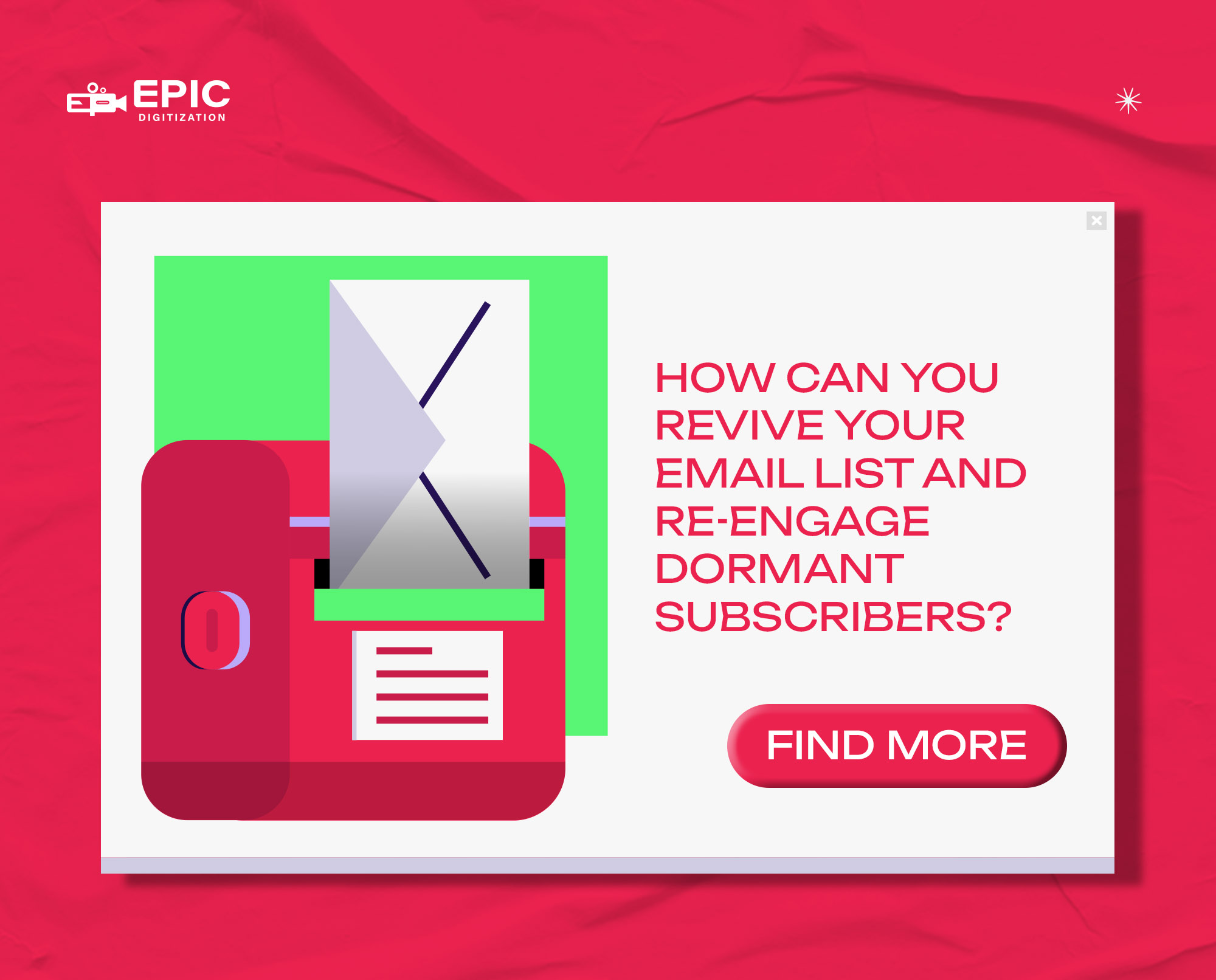Inclusive Marketing Playbook: A Practical Guide to Inclusive Brand Storytelling
Why Inclusive Marketing Matters
Inclusive marketing isn’t a passing trend—it’s a powerful, necessary shift in how brands communicate. With today’s audiences more diverse, socially conscious, and digitally connected than ever, inclusive marketing helps your brand stay relevant, trusted, and top of mind.
Did you know 75% of consumers say a brand’s diversity and inclusion efforts influence their buying decisions? And 64% are more likely to buy a product immediately after seeing an inclusive ad. These numbers don’t lie—inclusion drives growth.
From a business perspective, inclusion is directly linked to:
✓ Higher brand loyalty
✓ Increased long-term sales
✓ Stronger customer trust and engagement
✓ Expanded market reach
For brands that lead with inclusion—like Dove, Fenty Beauty, and Nike—the results are clear: representation drives revenue. But inclusive marketing also helps avoid damaging missteps. Just look at Pepsi’s 2017 Kendall Jenner ad, which attempted to use protest imagery to sell soda. The backlash was instant and severe, forcing the company to pull the ad and issue public apologies.
True inclusive marketing goes beyond avoiding mistakes. It’s about making everyone feel seen and valued.
The Core Principles of Inclusive Marketing
1. Authentic Representation
Representation matters—because when people see themselves in your brand, they trust it more. Inclusive brands go beyond tokenism and include diverse individuals in real, empowering roles.
That means:
- Featuring a wide range of races, genders, body types, ages, abilities, and family structures.
- Casting people in primary roles—not just background diversity.
- Avoiding clichés or stereotypes.
Brands like Dove shattered beauty norms by featuring real, unretouched women in their “Real Beauty” campaign—and they saw a 10% revenue jump as a result.
2. Intentional Language and Messaging
Words have power. Inclusive language ensures you’re speaking to people, not at them. Use gender-neutral terms, avoid outdated phrases, and tailor messaging to resonate across different cultures and communities.
Pro tip: Ditch ableist metaphors (“crazy,” “blind to”) and use terms like “caregivers” instead of “moms and dads” to include all types of families.
3. Accessibility and Inclusive Design
Inclusivity must also extend to how people access your content.
Ensure your marketing is:
- Readable and screen-reader friendly
- Captioned and transcribed for videos
- Designed with proper color contrast and font size
Microsoft’s Xbox Adaptive Controller campaign proved that accessibility isn’t just good ethics—it’s good marketing, earning global praise and driving loyalty.
4. Cultural Relevance and Sensitivity
Know the context. Avoid co-opting cultural movements without genuine understanding. Pepsi’s misstep with protest imagery or H&M’s infamous “coolest monkey in the jungle” hoodie campaign show what happens when brands don’t check their cultural blind spots.
Use a diverse review panel to catch unintentional offense. Always ask: Who could this hurt? Who does this empower?
Campaigns That Got It Right—and Wrong
✅ Fenty Beauty: Setting the Standard for Inclusive Products
Rihanna’s Fenty Beauty launched with 40+ foundation shades, giving long-ignored consumers products that finally matched their skin tone. It made $100 million in its first 40 days—and forced an entire industry to rethink inclusion.
Their marketing included models of all identities, from hijabi women to men in makeup. The takeaway? Inclusive marketing must align with inclusive product design.
✅ Maltesers: Humor + Disability Inclusion
UK candy brand Maltesers released humorous, relatable ads starring women with disabilities—showing everyday experiences, not inspirational stereotypes. Sales spiked 8%, and the campaign won hearts and awards.
The key to their success? Authenticity and representation with input from disability advocates.
❌ Pepsi’s Kendall Jenner Ad: When “Woke” Backfires
Pepsi’s 2017 ad trivialized social justice protests by using them as aesthetic backdrops—without including any real activist voices or purpose. The result? Boycotts, backlash, and brand embarrassment.
Lesson learned: Inclusion without authenticity = damage control.
How to Execute Inclusive Marketing in Your Brand
READY TO MOVE FROM IDEAS TO ACTION? HERE’S YOUR QUICK-START ROADMAP:
✅ Audit Your Current Marketing
Look at your visuals, messaging, and customer feedback. Who’s being represented? Who’s left out?
✅ Set Inclusion Goals
Define KPIs—e.g., percentage of diverse representation, inclusive language benchmarks, or engagement from specific communities.
✅ Build Diverse Creative Teams
Diverse creators bring diverse perspectives. Include voices from underrepresented groups in ideation and review.
✅ Test Before Launch
Use diverse review panels to catch issues early. A 10-minute cultural audit can save you millions in PR recovery.
✅ Keep Listening and Learning
Track results. Gather feedback. Make inclusivity a continuous improvement process.
Inclusive marketing isn’t a one-off campaign—it’s a culture shift.vv
Your Next Step: Make Inclusive Marketing Work for You
Bonus: Download the Inclusive Marketing Playbook (eBook)
-
✓ Case studies
✓ Step-by-step implementation guide
✓ Diversity auditing tools
📅 Book Your Free Inclusive Marketing Consultation








